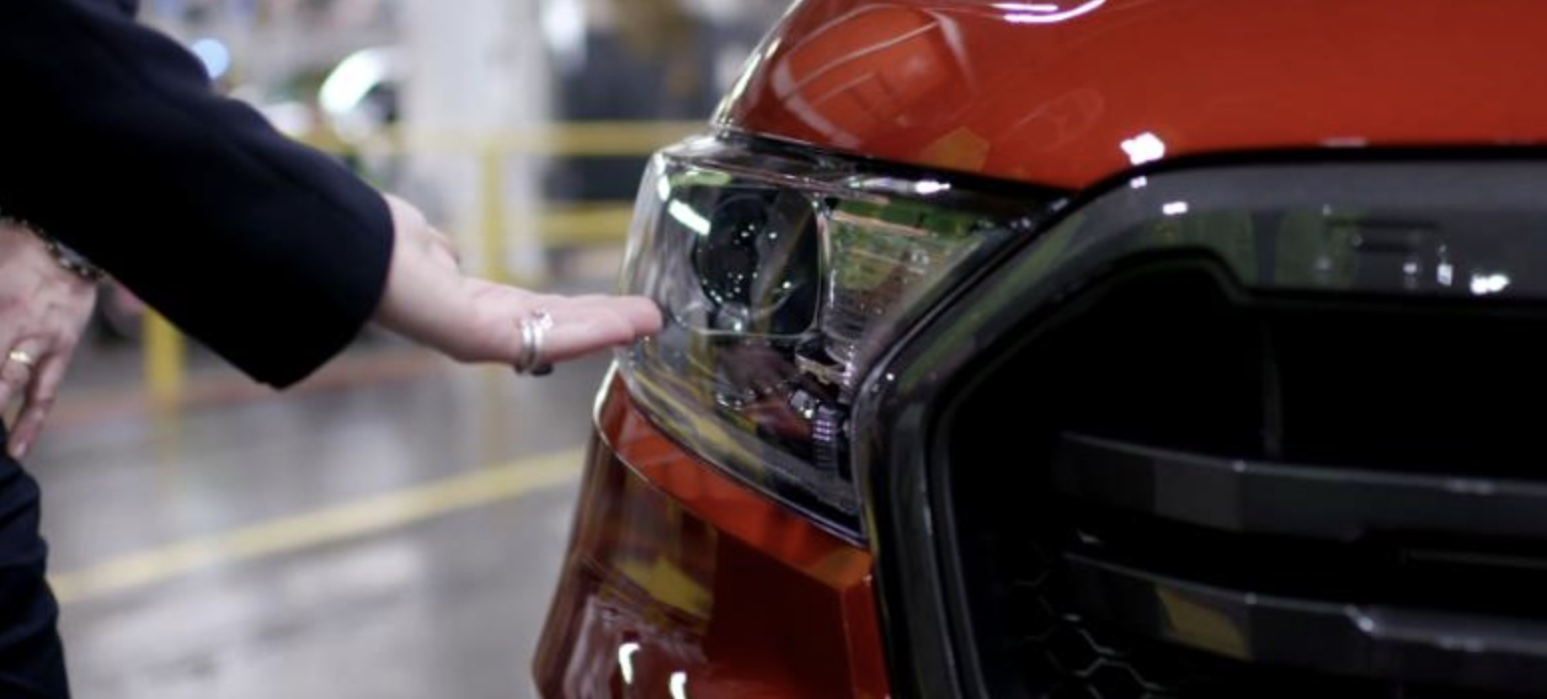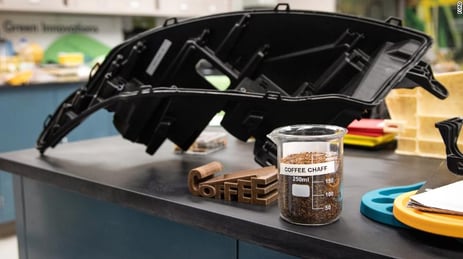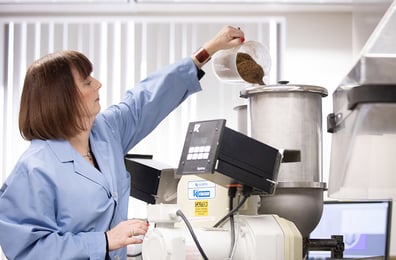 Image source CNN
Image source CNN
Both the coffee and automotive industries have been shifting focus in recent years to attempt to minimise the impact they are having on climate change and environmental issues, and this latest development has seen them join forces to address two issues at once.
Ford have been experimenting with organic alternatives to the raw materials used in their cars for over a decade, and they have now found a way to utilise coffee waste in some of their production processes. McDonalds don’t actually roast their coffee themselves, but they have helped Ford to work directly with their suppliers to create an innovative new recycling method.
How can coffee be used in cars?
The product that Ford are using is a substance called coffee chaff, which is the skin from the coffee beans that is removed during the roasting process. The chaff is heated and turned into a composite by adding in plastic and other additives and turned into pellets, which can be reformed into various shapes.
The end products will actually be better than the originals, as they will be around 20% lighter and will require 25% less energy to mould. This process also means they no longer need to use talc in the composite, which is a mineral and as such is non-renewable.


Image source CNBC and Autonews
Other ways coffee can be recycled
Of course, this isn’t the only initiative out there that’s recycling coffee products, there are a whole range of ways coffee waste products can be reused:
Bio fuel – This is the main way large amounts of coffee grounds are recycled. The coffee grounds are used to make bio-mass pellets which are used for industrial heating purposes.
Animal feed – Coffee grounds can also be used as animal feed, which could go towards helping to make milk for your future lattes!
Fertiliser – It’s not just animals that like coffee, plants do too! Coffee makes a great fertiliser as it helps to reduce the PH levels of the soil.
You can also help to reduce the environmental impact of your coffee by making sure you’re taking reusable cups to the coffee shop, rather than using disposable take away cups. These cups are notoriously difficult to recycle, with the vast majority simply ending up on a landfill. Recycling isn’t just for big businesses, we can all do our part to help make a difference.
Environmental impact is an important consideration at all stages of the coffee industry and should be something you carefully consider if you’re looking to expand the coffee offering for your business. A great way to minimise wastage is through the automation technology used in WMF coffee machines. Taking the guesswork out to ensure every coffee is made perfectly means less is wasted, and you have more time and energy to focus on the things that matter to your business. Download a brochure to see our full range.

